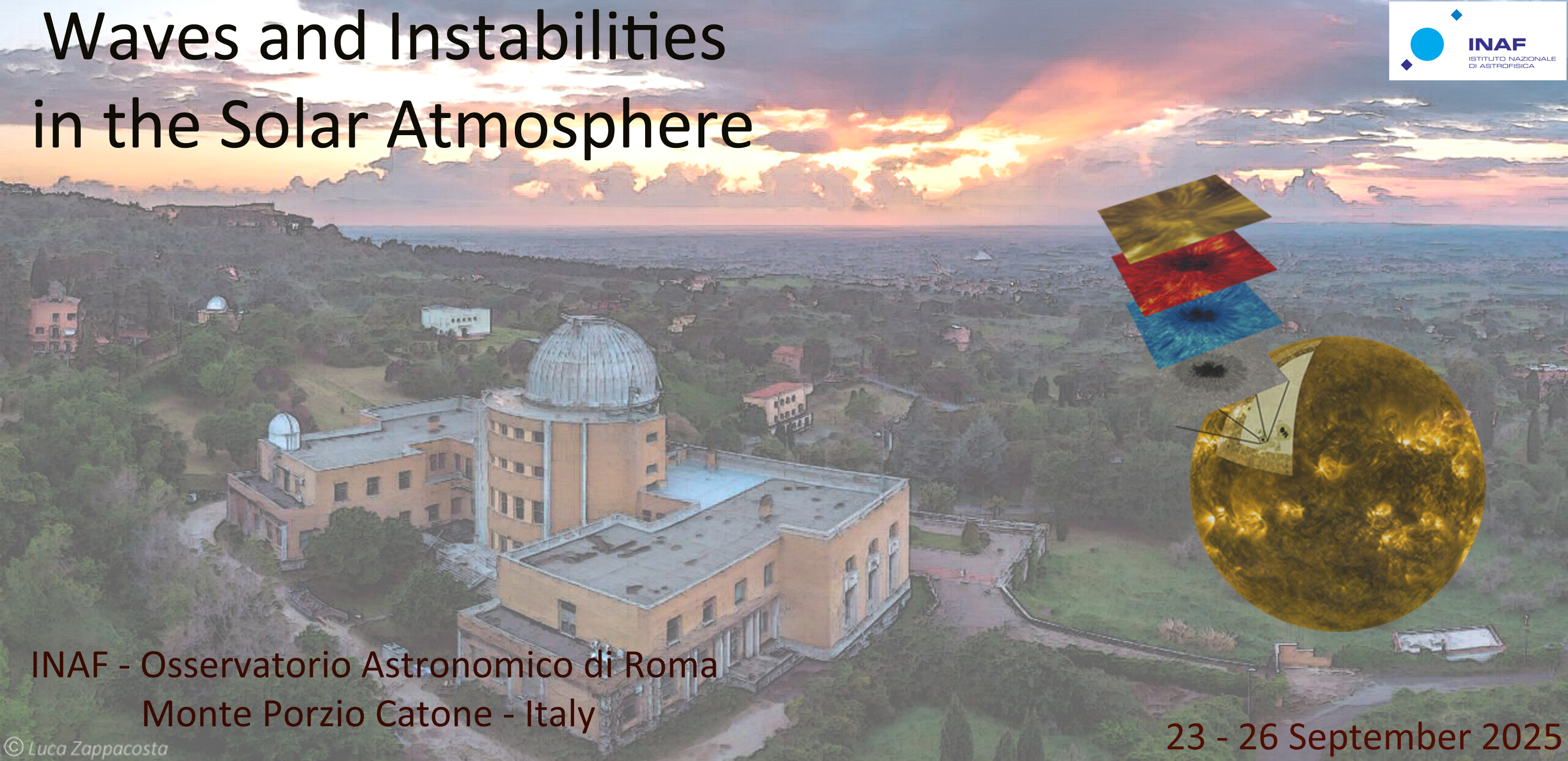Speakers
Description
RTV scaling laws and their generalisations have proven to be valuable in inferring some of the key properties of coronal loops, such as the heating rate, from more easily observable temperature and loop length. Over the years, many heating mechanisms have been tested against the resulting predictions in a search for the dominant one(s) in the solar corona, so far without conclusive results. On the other hand, recent theoretical results allowed for formulation of equations governing kink wave energy evolution and dissipation, similar to the equations for Alfvén wave dissipation which form the backbone of the widely used AWSoM model. In this work, we investigate how heating due to kink wave dissipation fits into the setting of coronal loop scaling laws. We employ both the analytical and numerical methods, including coronal loop simulations using the newly developed UAWSoM (Uniturbulence and Alfvén Wave Solar Model) model, to arrive at estimates and scaling laws for kink wave energy required to heat the loops. This allows us not only to compare the viability of kink wave dissipation with previously proposed heating mechanisms, but also helps us restrict the range of free parameters in the UAWSoM model, which will help validate the model and improve its accuracy.

